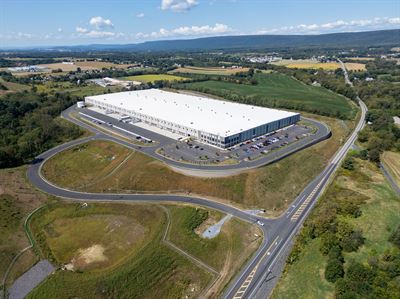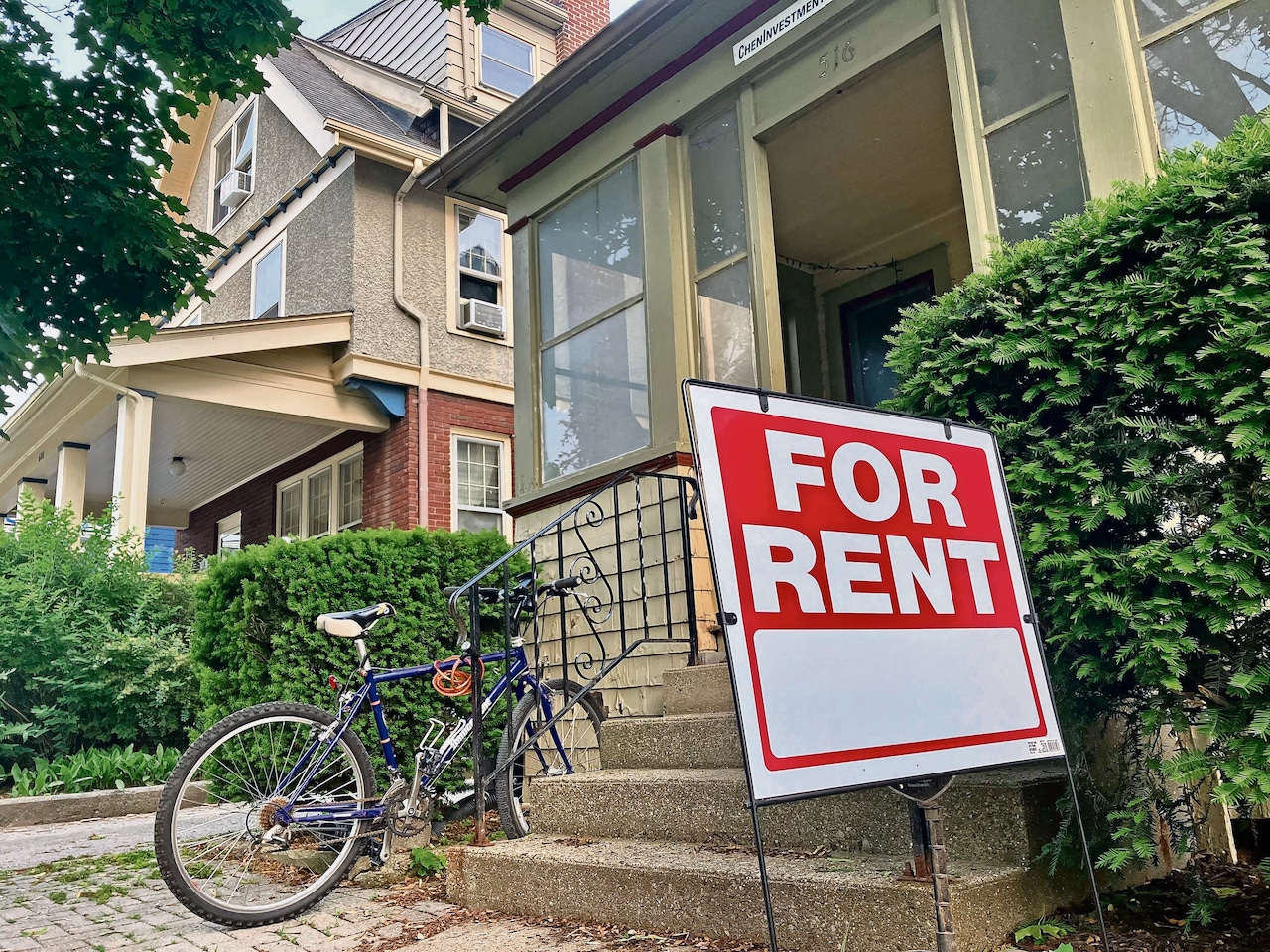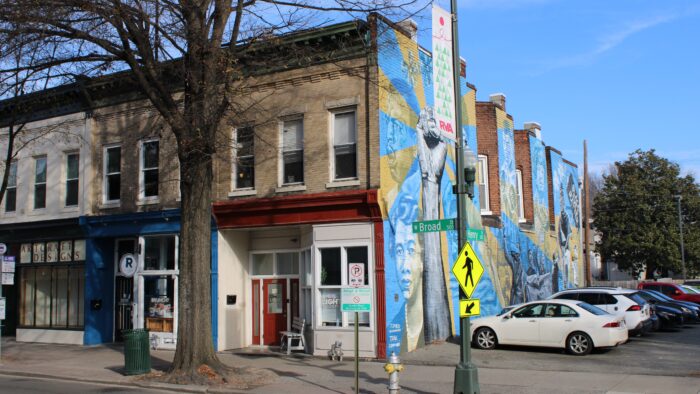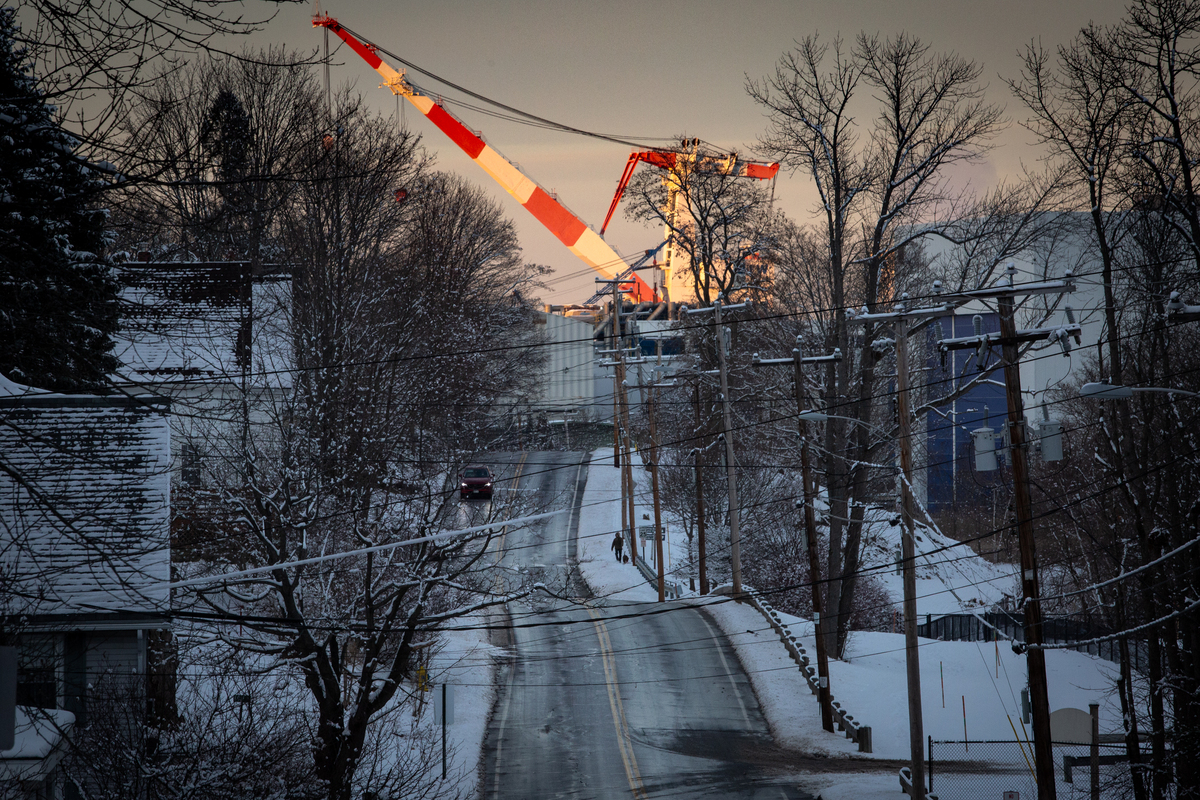C
anada stands at a pivotal moment in its sustainability journey, marked by the emergence of Prime Minister Mark Carney's climate strategy. This shift from traditional carbon taxation to incentive-based policies presents both opportunities and challenges for Canada's commercial real estate sector.
Carney's administration has eliminated consumer carbon pricing, instead focusing on targeted incentives and industrial regulation. The Carbon Border Adjustment Mechanism (CBAM) aims to maintain global competitiveness by discouraging companies from relocating to countries with weaker climate regulations. This tariff could indirectly influence property investment markets, particularly in regions dependent on manufacturing or resource extraction.
Carney's initiatives also emphasize incentivizing sustainable technologies, including a 31% credit rate for eligible properties acquired after January 1, 2024. Subsidies for electric vehicles, heat pumps, and renewable energy installations will accelerate Canada's transition to a low-carbon economy. Direct government support, such as the Building Retrofits Initiative, will create favorable conditions for developers investing in sustainable construction.
The Building Emission Performance Standards (BEPS) set explicit emissions performance benchmarks for commercial buildings, incentivizing efficiency upgrades and electrification. However, BEPS implementation poses challenges regarding upfront retrofit costs. Cities like Vancouver address affordability concerns through targeted financial incentives and technical assistance programs.
Carney's advocacy for mandatory emissions disclosures and structured frameworks guiding financial institutions toward sustainable investments is expected to have a significant impact on the Canadian economy. Real estate finance will experience substantial shifts under these new guidelines, with mandatory climate risk disclosures altering investment attractiveness and influencing asset valuation methodologies.
Institutional investors increasingly prioritize sustainability performance metrics, suggesting an evolving landscape where properties demonstrating superior environmental credentials will command valuation and rent premiums. Financial institutions and investors categorize assets failing sustainability standards as high-risk investments.
Carney's vision presents substantial opportunities but also introduces complexities and potential risks. Navigating these challenges requires strategic foresight, proactive adaptation, and collaborative engagement with public and private stakeholders. By integrating sustainability into strategic decision-making, the commercial real estate industry can thrive economically while contributing to Canada's sustainable future.
The effectiveness of Carney's vision will depend on its successful translation into actionable policies, transparent governance, and genuine stakeholder collaboration. For Canadian commercial real estate, this represents an unprecedented opportunity to lead by example, demonstrating how visionary climate policy can underpin enduring economic resilience and environmental sustainability.














